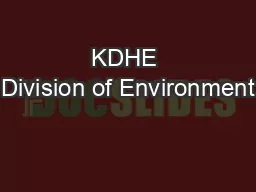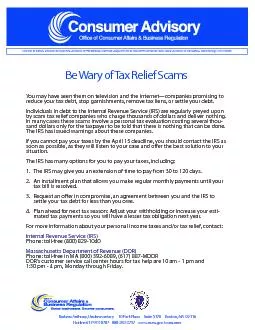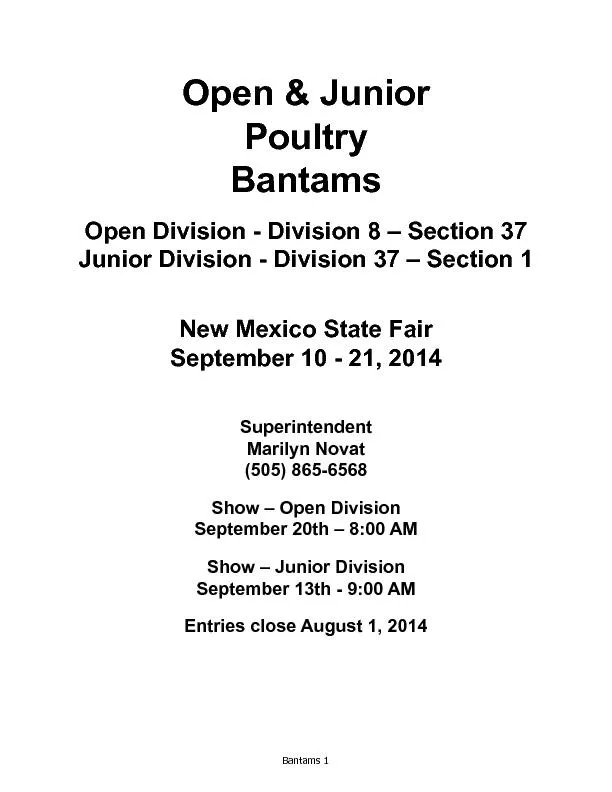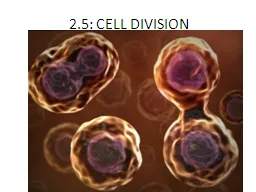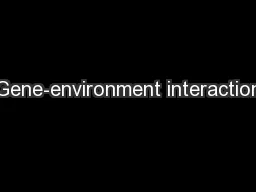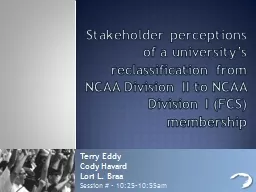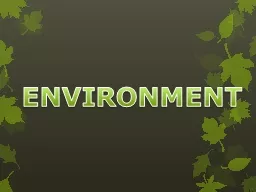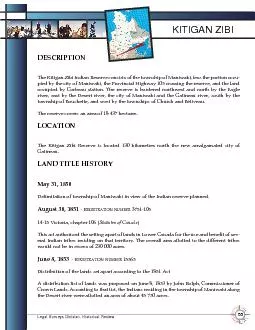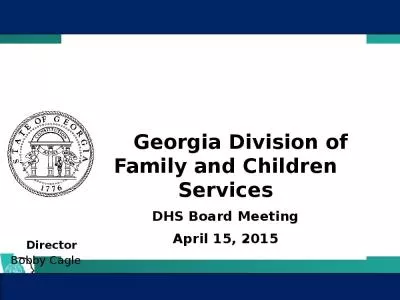PPT-KDHE Division of Environment
Author : jane-oiler | Published Date : 2019-02-05
Kansas Spill Program Proposed Rule Revisions August 8 2018 Division of Environment kdheSpillHotlineksgov 785 2913333 Jeff Janzen Spill Program Coordinator 785 3687301
Presentation Embed Code
Download Presentation
Download Presentation The PPT/PDF document "KDHE Division of Environment" is the property of its rightful owner. Permission is granted to download and print the materials on this website for personal, non-commercial use only, and to display it on your personal computer provided you do not modify the materials and that you retain all copyright notices contained in the materials. By downloading content from our website, you accept the terms of this agreement.
KDHE Division of Environment: Transcript
Download Rules Of Document
"KDHE Division of Environment"The content belongs to its owner. You may download and print it for personal use, without modification, and keep all copyright notices. By downloading, you agree to these terms.
Related Documents

